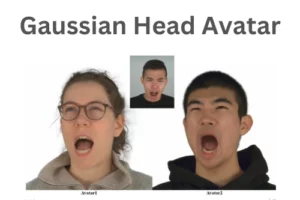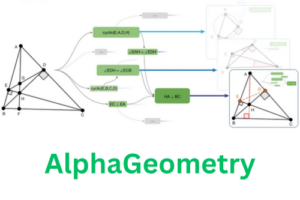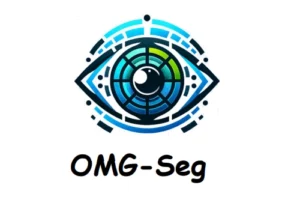
In a groundbreaking endeavor, researchers at the University of Maryland have ventured into the realm of 3D reconstruction by examining eye reflections. This innovative approach extends the capabilities of Neural Radiance Fields (NeRF), an AI technology adept at crafting 3D environments from 2D photographs. While the eye reflection method is still in its infancy regarding practicality, it offers a tantalizing glimpse into a future where ordinary portrait photos can unveil hidden worlds.
With meticulous precision, the team harnessed the subtle play of light in human eye reflections, captured through consecutive images from a single sensor. They initiated the process with high-resolution photographs, focusing on a subject gazing towards the camera. By scrutinizing the eye reflections within the eyes and determining their focal points, they embarked on the journey of reconstructing the surroundings.
The results, portrayed in an animated series, showcase a reasonably distinguishable environmental reconstruction when the subject is under controlled conditions. A synthetic eye yielded an even more surreal and dreamlike scene. However, endeavors to replicate eye reflections from Miley Cyrus and Lady Gaga’s music videos yielded little more than amorphous shapes, leaving the researchers pondering whether they were glimpsing an LED grid or a camera on a tripod. This emphasizes the considerable gap between this technology and real-world applicability.
The research team surmounted substantial hurdles during their quest for clarity. The cornea introduced “inherent noise,” challenging the separation of reflected light from the intricate textures of the iris. Their solutions included cornea pose optimization, iris texture decomposition, and radial texture regularization loss to refine and enhance the captured scenery.
Despite the strides made and ingenious solutions employed, substantial challenges persist. The researchers acknowledge that real-world applications, characterized by lower sensor resolution, dynamic range, and motion blur, remain a formidable frontier. Furthermore, universal assumptions regarding iris texture may prove too simplistic, especially given the wider range of eye movements in typical, uncontrolled settings.
Nonetheless, the research team views their progress as a pivotal milestone, poised to propel future breakthroughs. They aspire to inspire explorations that harness inadvertent visual signals, shedding light on the world around us and expanding the boundaries of 3D scene reconstruction. Although more advanced iterations of this technology may raise concerns about privacy intrusion, the current version can merely offer a vague glimpse, even under the most favorable circumstances, such as a Kirby doll lurking in the background.
References
https://www.engadget.com/researchers-reconstruct-3d-environments-from-eye-reflections-203949099.html
Similar Posts
-
Chinese Company DeepSeek Releases DeepSeek-Coder a LLM for Code Generation

-
Alibaba’s Mobile-Agent: A Smart Mobile Assistant

-
Grounded SAM: A Unified Model for Diverse Visual Tasks

-
Gaussian Head Avatar: High Quality Head Avatar Generator

-
Google DeepMind’s AlphaGeometry: Without Assistance Solving Olympiad Geometry Problems

-
OMG-Seg: A Unified Segmentation Model

